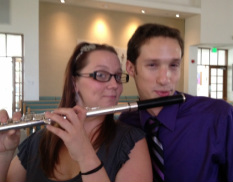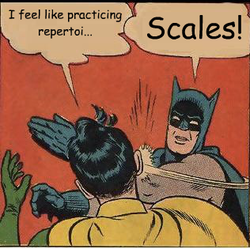There is still time to help out a fellow musician. Please visit Jillian's website at:
http://gogetfunding.com/project/help-keep-my-music-alive#/comments
Some donors have preferred to avoid online payments. If you would like to send me the donations made to "Jillian Larson", I will make sure she receives it. Again, although our names are oddly similar, we are not related, nor am I assuming a pseudonym!
To those of you that have already donated to helping Jillian, you have my sincere thanks.
Bill



 RSS Feed
RSS Feed
